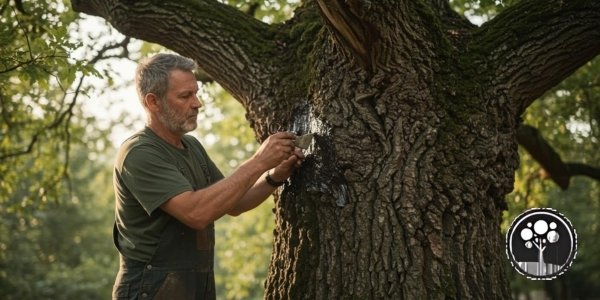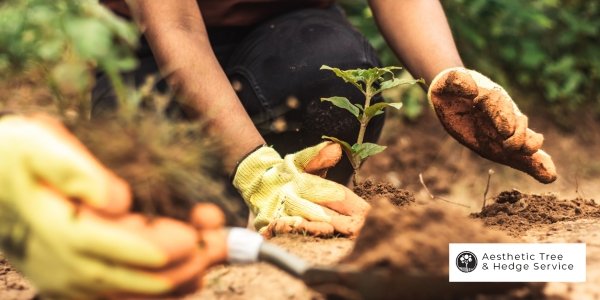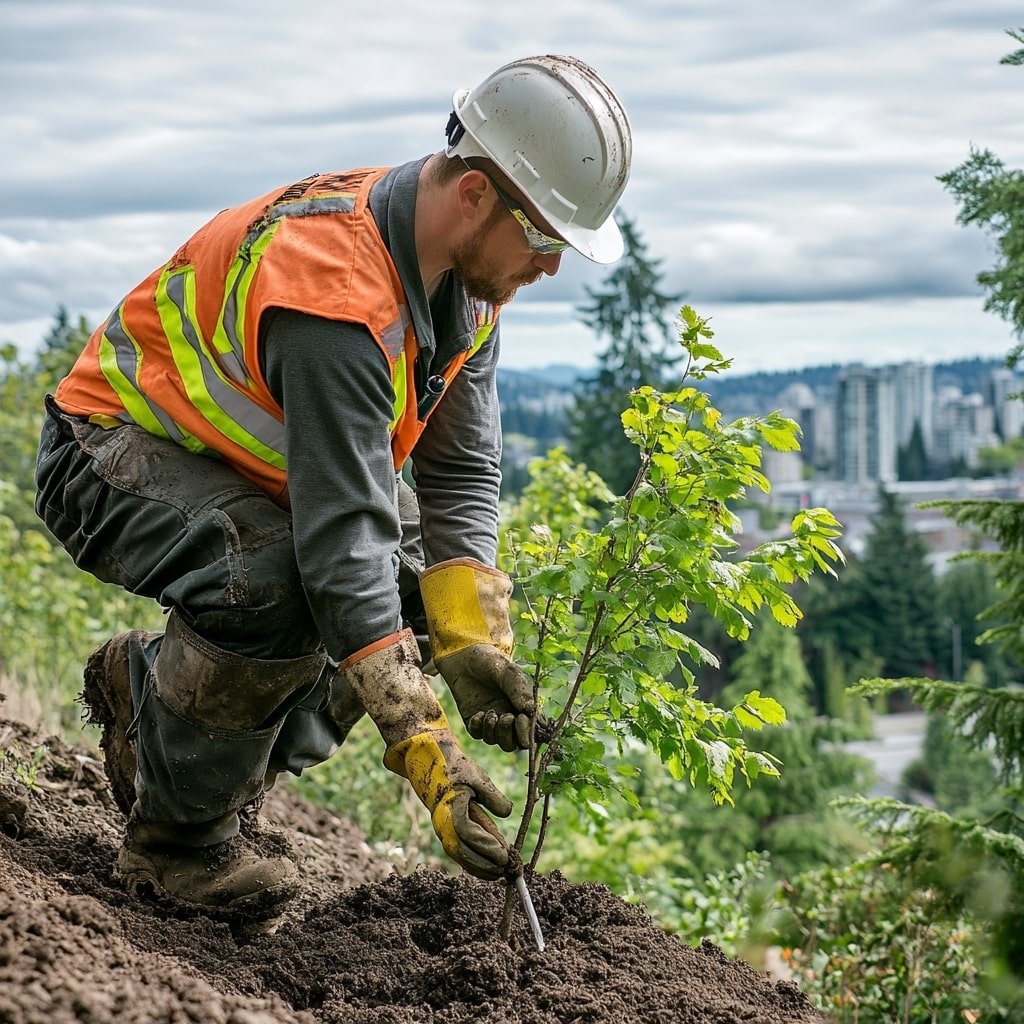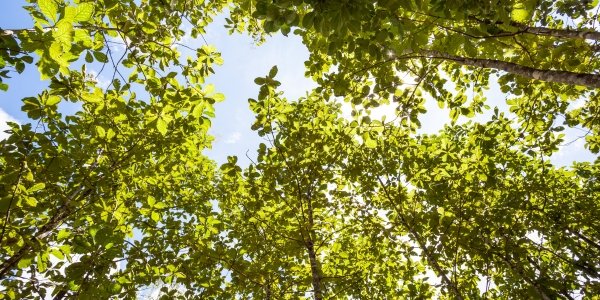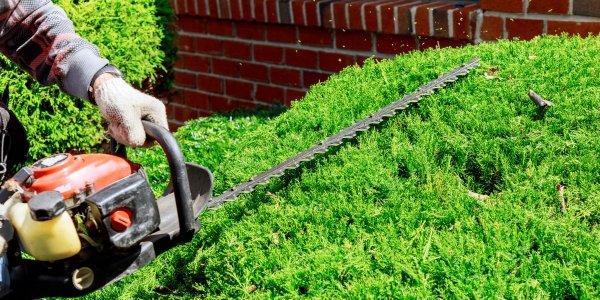If you’ve ever noticed tree trunks turning black, you’re not alone. This phenomenon can be alarming, especially for those who take pride in their landscapes or have a deep appreciation for trees. Blackened tree trunks can indicate various issues, from fungal infections to environmental stress. Understanding the causes of blackened tree trunks can help you determine if there’s a problem and how to address it. In this blog, we will explore the common reasons behind blackened tree trunks and offer tips on how to handle them effectively.
Common Causes of Blackened Tree Trunks
Several factors can lead to the blackening of tree trunks. Some are natural and harmless, while others may indicate a more serious issue that requires immediate attention. Let’s explore the most common causes:
Sooty Mold
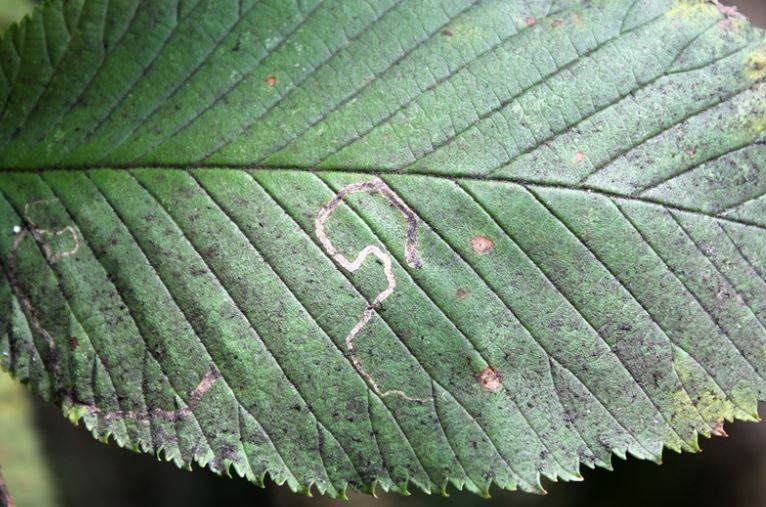
What is Sooty Mold?
Sooty mold is a type of fungus that grows on the surfaces of leaves and trunks, giving them a blackened, sooty appearance. This mold thrives on the honeydew produced by sap-sucking insects such as aphids, scales, and whiteflies. When these insects feed on a tree’s sap, they excrete a sticky substance called honeydew, which then provides a perfect breeding ground for sooty mold fungi.
How Does Sooty Mold Affect Trees?
While sooty mold itself does not directly harm the tree, it can block sunlight from reaching the leaves, affecting the tree’s ability to photosynthesize. This can lead to reduced vigor and slowed growth over time. In severe cases, the mold can cover large portions of the tree, significantly impacting its overall health and aesthetic appearance.
How to Manage Sooty Mold
- Control the Insects: The most effective way to manage sooty mold is to control the insect population responsible for the honeydew. Use insecticidal soaps or horticultural oils to treat infestations. Introducing natural predators like ladybugs can also help keep insect populations in check.
- Wash the Mold Off: Washing the affected areas with a mixture of water and mild soap can help remove the mold from the tree’s surface. However, this is only a temporary solution, as the mold will return if the underlying insect problem is not resolved.
Black Rot
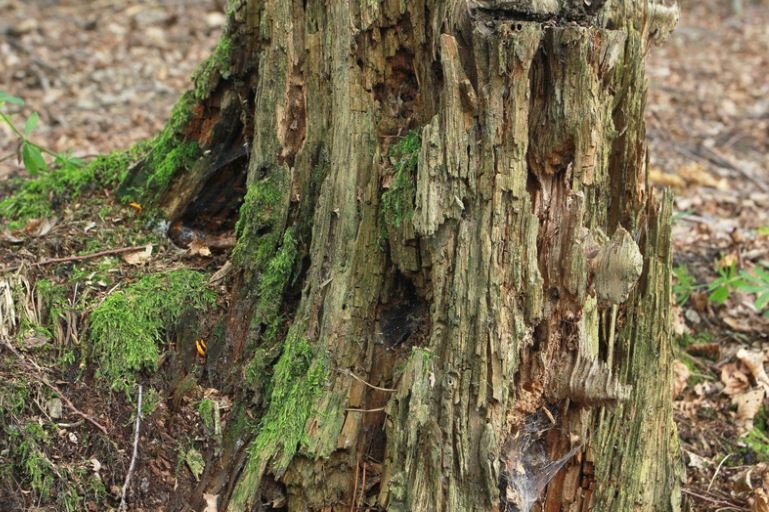
What is Black Rot?
Black rot is a serious fungal disease caused by the fungus Botryosphaeria obtusa, which affects various parts of the tree, including the trunk, branches, and leaves. This disease is particularly common in fruit trees, such as apple and pear trees, and can lead to significant damage if not addressed promptly.
Signs of Black Rot
- Black, sunken lesions on the trunk or branches
- Foliage turning yellow or brown and dropping prematurely
- Presence of black fungal fruiting bodies, which appear as small, raised bumps on the bark
How to Treat Black Rot
- .Prune Affected Areas: Remove and dispose of any infected branches, twigs, or fruit to prevent the spread of the disease. Make sure to prune well below the infected area and disinfect pruning tools between cuts to avoid spreading the fungus.
- Fungicides: Applying fungicides during the growing season can help protect healthy parts of the tree from infection. Copper-based fungicides are often recommended for managing black rot.
- Proper Care: Ensuring the tree is well-watered and properly fertilized can help boost its resistance to infections. Maintaining good tree health is essential for preventing and managing fungal diseases.
Fire Blight
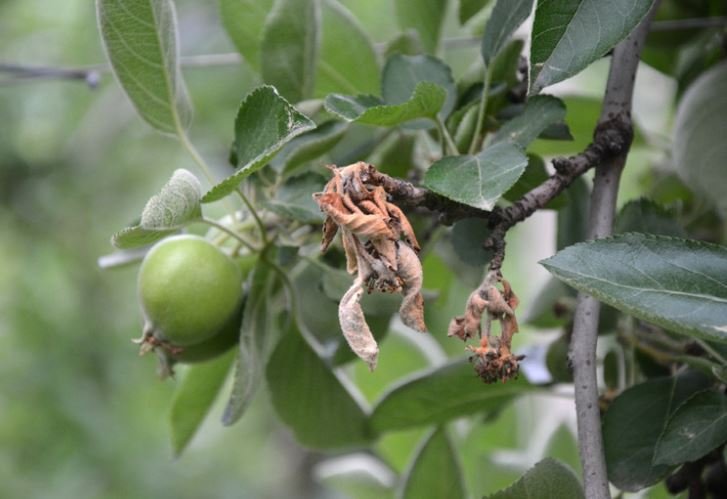
What is Fire Blight?
Fire blight is a highly contagious bacterial disease caused by Erwinia amylovora. This disease primarily affects trees in the rose family, such as apple, pear, and crabapple trees. Fire blight can cause severe damage, leading to the blackening of branches and trunks, giving them a burnt appearance, hence the name “fire blight.”
Symptoms of Fire Blight
- Blackened, wilted branches that resemble fire damage
- Ooze from the infected areas, which can spread the bacteria to other parts of the tree or nearby trees
- Cankers forming on the branches and trunk, which can girdle and kill parts of the tree
How to Manage Fire Blight
- Prune Infected Branches: Remove infected branches well below the affected area and disinfect pruning tools after each cut to prevent the spread of the bacteria.
- Avoid Over-Fertilization: Excessive nitrogen can encourage rapid growth, which is more susceptible to fire blight. Use balanced fertilizers and avoid heavy fertilization during the growing season.
- Chemical Control: Copper-based sprays and antibiotics can help reduce the spread of the bacteria. However, these should be used cautiously and according to label instructions to avoid harming beneficial organisms.
Environmental Factors Leading to Blackened Tree Trunks
Sometimes, environmental factors can lead to blackened tree trunks, which might not be harmful but are still worth understanding to ensure the overall health of the tree.
Sunscald
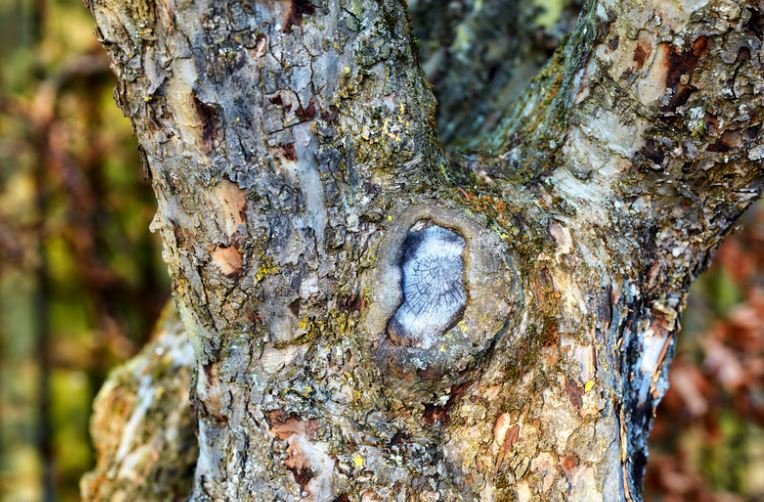
What is Sunscald?
Sunscald occurs when there is a rapid temperature change, usually from cold to warm, which causes the bark to expand and contract quickly. This sudden change can lead to cracking and peeling of the bark, exposing the inner layers to further damage and infection. As the tree tries to heal, the exposed areas may turn black, leading to blackened patches on the trunk.
How to Prevent Sunscald
- Tree Wrapping: Use tree wraps during the winter months to protect the trunk from extreme temperature changes. This is particularly important for young trees with thin bark.
- White Paint: Applying a white, water-based paint to the trunk can reflect sunlight and reduce the risk of sunscald. This practice is common in orchards and can significantly reduce damage in susceptible species.
Pollution and Environmental Stress

How Does Pollution Affect Trees?
Pollution, such as vehicle emissions, industrial pollutants, and road salts, can lead to the accumulation of particulates on tree bark, causing it to appear blackened. Additionally, environmental stress, including drought and poor soil conditions, can make trees more susceptible to infections and diseases that cause blackening.
How to Protect Trees from Pollution and Stress
- Regular Watering: Ensuring trees are well-watered can help them resist environmental stress and remain healthy. Mulching around the base of the tree can help retain moisture and improve soil quality.
- Location Matters: Planting trees away from high pollution areas, such as busy roads and industrial sites, can reduce the impact of pollutants. Choosing species that are more tolerant of pollution can also be a practical solution for urban environments.
Blackened tree trunks can be caused by a variety of factors, ranging from harmless fungi to serious diseases and environmental stressors. By understanding the cause, you can take appropriate action to protect your trees and maintain the health of your landscape. Regular inspection and care are key to catching issues early and keeping your trees vibrant and healthy.
Need Professional Help? Contact Aesthetic Tree Care
If you’re concerned about the health of your trees, it’s best to consult with a professional. At Aesthetic Tree Care, we specialize in diagnosing and treating a wide range of tree problems. Our team of experts is equipped with the knowledge and tools to ensure your trees receive the care they need to thrive. Contact us today to schedule an inspection and take the first step towards healthier, more beautiful trees.
